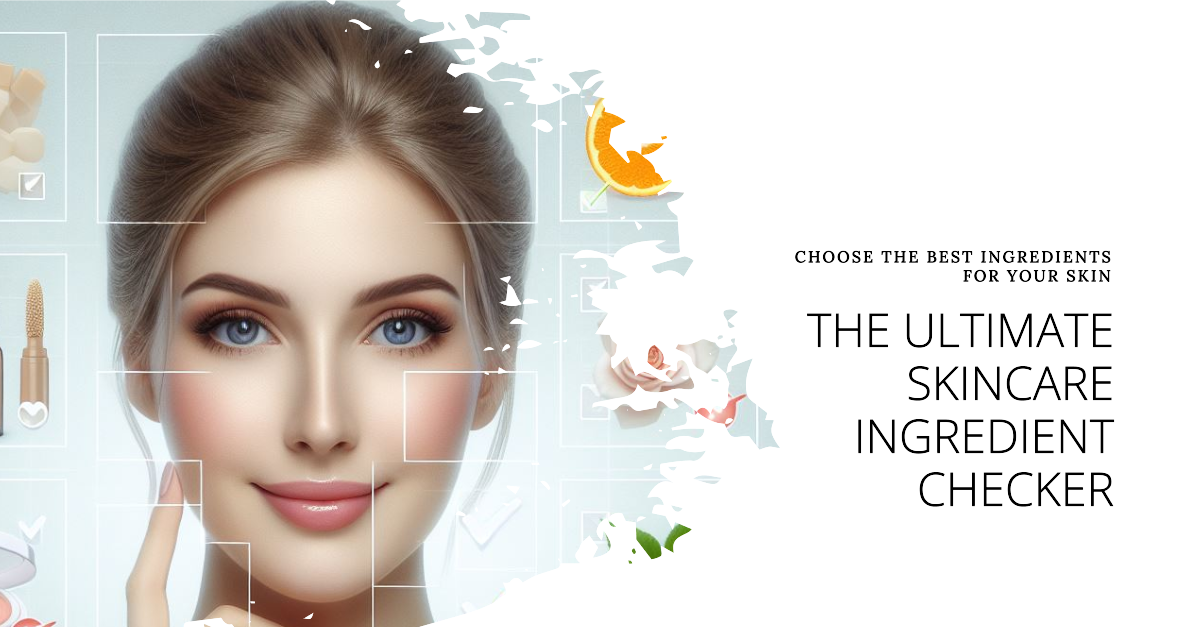In This Article
Understanding Skin Pigmentation in Pregnancy
Pregnancy is a remarkable journey filled with profound changes in a woman’s body. Among the many transformations that occur during this time, changes in skin pigmentation can be both surprising and challenging to understand. These alterations are common, affecting a significant percentage of pregnant women, and are primarily driven by hormonal fluctuations. In this article, we will explore the fascinating world of skin pigmentation in pregnancy, its causes, and ways to manage it.
The Marvel of Melanin
To comprehend skin pigmentation changes during pregnancy, it is crucial to grasp the role of melanin. Melanin is the pigment accountable for the hue of our skin, hair, and eyes. It is produced by cells called melanocytes located in the epidermis, the outermost layer of the skin. The amount and distribution of melanin in the skin determine our skin color. When these melanocytes become active, it can lead to changes in skin pigmentation.
Common Skin Pigmentation Changes
During pregnancy, many women experience various skin pigmentation changes. Among the frequently encountered variations are:
- Melasma (Chloasma): Often referred to as the “mask of pregnancy,” melasma presents as brown or gray-brown patches on the face, especially on the cheeks, forehead, and upper lip. Hormonal changes, along with sun exposure, contribute to its development.
- Linea Nigra: This is a dark vertical line that can appear on the abdomen, running from the pubic bone to the belly button. It is usually more pronounced in women with darker skin tones and is caused by hormonal shifts.
- Areola Darkening: The areolas, the pigmented areas around the nipples, can become darker during pregnancy. This change is thought to help the newborn locate the nipple for breastfeeding.
- Darkening of Moles and Freckles: Existing moles and freckles may become darker during pregnancy due to increased melanin production.
The Truth About ‘Pregnancy Mask’: Understanding Pigmentation in Pregnancy
Pregnancy is a time of extraordinary change and growth, not only for the developing baby but also for the expectant mother. Amid the many remarkable transformations that take place, one that can be particularly surprising and often unwelcome is the development of skin pigmentation, what is commonly known as the ‘pregnancy mask’ or melasma. Further, we aim to shed light on the truth about this condition, explaining what it is, why it happens during pregnancy, and how to manage it effectively.
Demystifying Melasma or Pigmentation in Pregnancy:
Melasma, often referred to as chloasma or the ‘pregnancy mask,’ is a skin condition characterized by the appearance of brown or gray-brown patches on the face, most commonly on the cheeks, forehead, and upper lip. These patches may also occur on other sun-exposed areas of the body. While melasma itself isn’t harmful, it can be a source of concern for many expectant mothers due to its noticeable appearance.
Unmasking the Culprits: Understanding the Causes of Pigmentation in Pregnancy
Pregnancy is a period of profound physical transformation, and one of the most visible changes that some expectant mothers experience is the development of what is commonly known as the ‘pregnancy mask’ or melasma. This condition, characterized by the appearance of dark, irregular patches on the face, is often triggered by a combination of hormonal and environmental factors. In this article, we will unmask the common culprits behind pregnancy mask and shed light on how these factors come into play.
Hormonal Havoc
- Estrogen and Progesterone: Hormones play a central role in the development of melasma during pregnancy. Estrogen and progesterone levels soar during this time, leading to an increase in melanin production in the skin. This surge in melanin, the pigment responsible for skin coloration, can result in the formation of dark patches.
- Human Chorionic Gonadotropin (hCG): The placenta produces hCG, a hormone unique to pregnancy. It has been suggested that hCG may also contribute to the development of melasma by stimulating melanocytes, the cells that produce melanin.
Sun Exposure: A Major Player
- UV Radiation: Sunlight is a significant trigger for melasma. Ultraviolet (UV) radiation from the sun stimulates melanocytes, making them produce more melanin. As pregnant women’s skin is often more sensitive to UV rays, sun exposure can exacerbate the development of dark patches.
- Lack of Sun Protection: Inadequate sun protection, such as not using sunscreen or wearing protective clothing like wide-brimmed hats, can increase the risk of melasma. This is especially true for those with fair skin, as they are more susceptible to UV-induced skin damage.
Genetic Predisposition
- Family History: Genetics can also play a role in the development of melasma. If your family has a history of melasma, you may be more genetically predisposed to developing it during pregnancy.
Hormone-Related Factors
- Birth Control Pills: Some women may experience melasma as a side effect of hormonal birth control methods like birth control pills. This can occur when these methods lead to hormonal imbalances similar to those seen in pregnancy.
- Hormone Replacement Therapy (HRT): Women who undergo hormone replacement therapy during menopause, which involves taking estrogen and progesterone, may also be at risk for melasma.
Preexisting Skin Conditions
- Previous Melasma: If you’ve had melasma in the past, you may be more prone to developing it again during pregnancy.
Managing Pigmentation in Pregnancy
While you may not be able to completely prevent melasma, you can take steps to manage and minimize its appearance:
- Sun Protection: Protecting your skin from the sun is the most critical step. Use a sunscreen that offers broad-spectrum protection and a high SPF rating, don protective attire, and opt for shaded areas whenever available.
- Pregnancy-Safe Skincare: Consult with your healthcare provider or dermatologist for pregnancy-safe skincare products. Some products may help manage melasma without harming your developing baby.
- Avoid Irritating Products: Stay away from skincare products that contain harsh or irritating ingredients, as these can exacerbate melasma.
- Makeup: If you’re uncomfortable with the appearance of melasma, makeup can provide effective coverage. Look for products labeled as non-comedogenic and hypoallergenic to minimize the risk of skin irritation.
- Consult a Dermatologist: If your melasma is severe or persists after pregnancy, consult a dermatologist. They can recommend treatments such as chemical peels or laser therapy that may help reduce the appearance of melasma.
Post-Pregnancy Changes
For many women, melasma gradually fades or lightens in the months following childbirth as hormone levels return to normal. However, it’s essential to be patient, as it can take time for the skin to regain its pre-pregnancy appearance. In some cases, melasma may persist even after pregnancy, requiring ongoing management and care.
Embracing the Journey
While melasma can be a challenging aspect of pregnancy, it’s crucial to remember that it is a temporary condition. The dark patches on your skin do not diminish the beauty of the incredible journey you are on as you prepare to welcome a new life into the world. By taking proactive steps to protect your skin from the sun and consulting with healthcare professionals for safe treatment options, you can effectively manage melasma during pregnancy and focus on the joyous moments this transformative experience brings.
The development of the ‘pregnancy mask’ or melasma is a complex interplay of hormonal and environmental factors. While it can be a source of concern for expectant mothers, understanding the common triggers and taking proactive steps to manage it can help you maintain healthy, radiant skin during this transformative period of your life. Remember that melasma is often temporary and can improve or fade after pregnancy.
Recommended Read: A Guide on Pregnancy-Safe Skincare Ingredients: What to Use and What to Avoid











